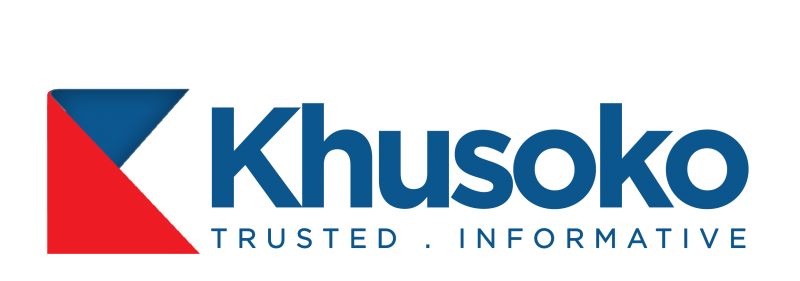Tim Berners-Lee, the world wide web inventor, said, “Data is a precious thing and will last longer than the systems themselves.”
Today, data has become more diverse and is being created, processed, and stored everywhere. The combination of massive amounts of information in this new data era has allowed businesses of all sizes to become disruptive digital powerhouses.
Much of the focus is often on disruptive technologies or new categories, but underlying this and making it all possible are hardware and data management solutions such as storage and servers.
In data storage – which touches every IT-driven business – the pace of innovation is accelerating, yet most enterprises continue to struggle with data’s explosive growth and velocity. IDC’s latest Worldwide Semiannual Enterprise Infrastructure Tracker indicates that a $6.3 billion investment in servers and storage was made in the first half of 2022. So, this brings us to the real question.
What are some of the enterprise data storage practices that would help unlock the real value of data capital?
To begin, organizations must regularly refresh their storage hardware to keep up with increased data demands by eliminating ageing infrastructure that is more susceptible to failures that cause outages or downtime.
Modern storage infrastructure can also reduce data silos and the struggle to manage messy data. Data encryption adds a layer of protection to this, improving data security and mitigating the potential for data loss. It also frequently includes advanced data protection features that help ensure the on-premises data remains safe and secure.
Second, one thing is clear as we look at technology requirements today and beyond 2022. Storage will continue to be architected and consumed as software-defined, and the lines between storage and computing will continue to blur.
With the rise of next-generation applications driven by trends like big data and the Internet of Things, organizations are turning to software-defined storage solutions to achieve greater agility, resilience, scalability, and cost-efficiency.
This storage architecture approach uses a software layer to provision, orchestrate, and manage physical data storage capacity on industry-standard servers. By decoupling storage management software from hardware, software-defined solutions enable hardware and software to be acquired independently rather than locking organizations into proprietary platforms.
Some of our customers tell us they are looking for more flexibility in their traditional Storage Area Networks (SANs), wishing to have compute as close to storage as possible to support data-centric workloads and to reduce operational complexity.
This is because software-defined approaches combine industry-standard hardware components and protocols with software to pool and manage resources within modern data centres. And for organizations that require the flexibility of rapidly scaling storage and computing independently or to consolidate multiple high-performance or general workloads, software-defined infrastructure (SDI) becomes a viable alternative to traditional SANs and hyper-converged infrastructure (HCI) for certain workloads.
But when selecting a software-defined platform, some critical aspects must be considered. The platform must offer:
(a) Unparalleled flexibility and scale:
That enables you to choose the environment that best meets the application requirements and consolidate mixed-application workloads on shared infrastructure.
(b) Simplicity and automation:
That boosts IT operations and lifecycle management while mitigating the impact of failures and eliminating common storage management overheads.
(c) Extreme performance and enterprise availability:
That delivers leading-edge performance for enterprise applications, including high-performance databases, big-data analytics and AI / ML workloads.
(d) A rich solutions ecosystem:
That is optimized and validated for a broad set of enterprise workloads that seamlessly deliver a rich ecosystem of cloud automation and container management tools, to enhance IT agility further.
Thanks to software-defined architecture, disruptive and costly data migrations are a thing of the past.
For organizations, that means better business execution, increased revenue opportunities, and more productive teams. This is important because, in today’s data era, having an agile, flexible foundation for IT infrastructure is more critical than ever before. With advanced storage infrastructure technology, organizations can harness the potential of software and embrace change while delivering consistent, predictable IT outcomes that drive the business forward.
Bernard Wanjau -Datacenter Compute Product & Solution Specialist, Dell Technologies, SEA Region




